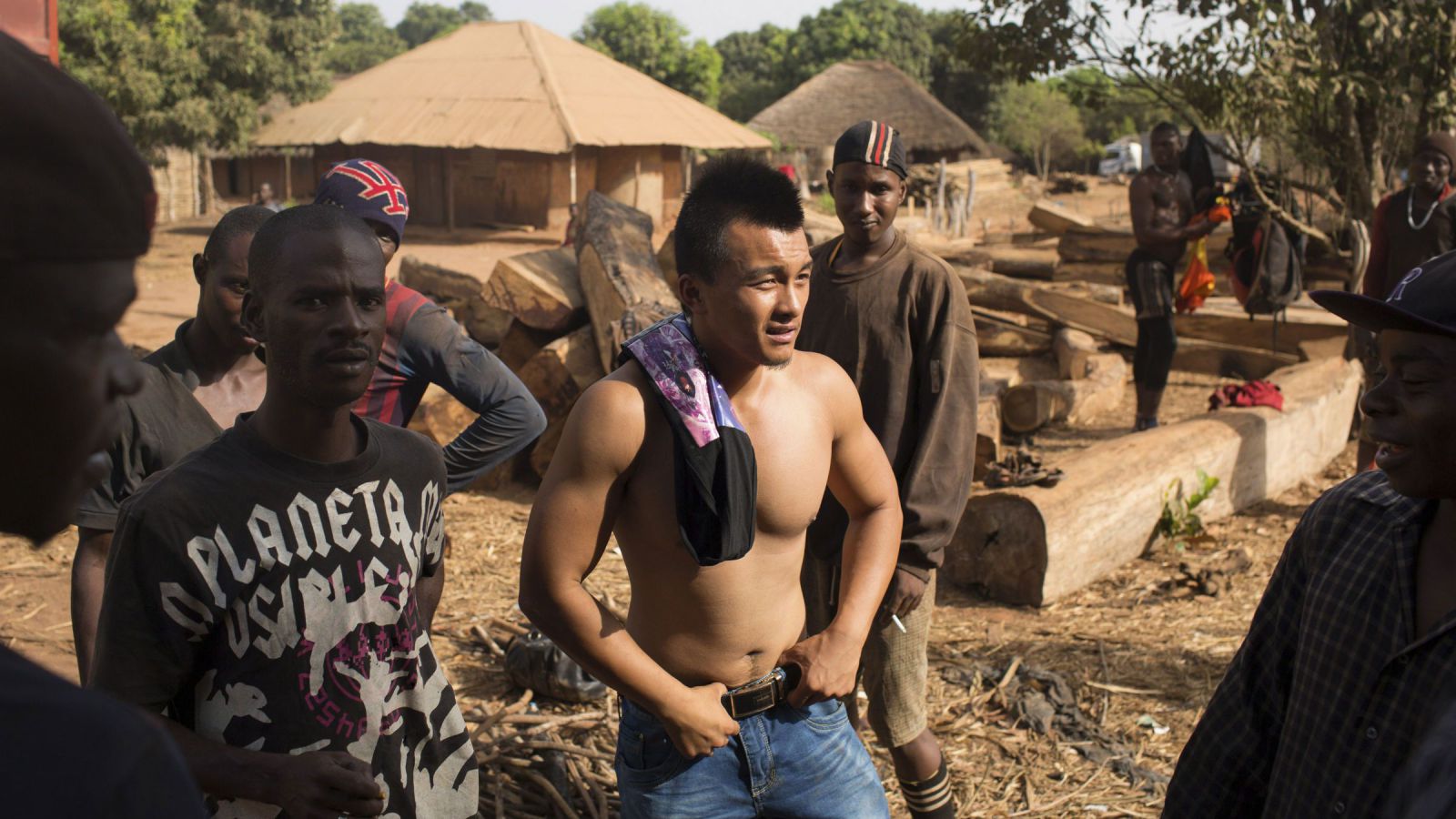In Zambia as elsewhere, estimates of the size of the Chinese population have been informed guesses at best. Until now.

Relatively little is known about the make-up and number of Chinese migrants in Africa. Credit: MPD.
BY:China’s growing presence in Africa is not news. Deepening political and economic relations between the superpower and continent have attracted intense media and policy focus for a decade. However, one crucial aspect of the Africa-China relationship – one with multiple direct and significant impacts – has attracted much less attention: the people.
Large numbers of Chinese migrants have accompanied the increasingly intensive flows of Chinese goods and capital to Africa, settling all across the continent. But what do we know about them? In fact, let’s back up and ask an even more basic question: how many people are we talking about?
The truth is, we have no idea. Estimates range from 250,000 to two million, but experts agree that these approximations are anything from “speculative” to “very problematic.” While it is clear that the number of Chinese migrants in Africa has increased, especially over the last decade, all estimates are at best informed guesses.
Accurate migration data in general can be elusive. The UN notes that, “in many countries, even the most general statistics on migration are incomplete, out-of-date or do not exist”. These challenges are exacerbated when it comes to finding reliable information on Chinese migrants in Africa. Many African countries lack the infrastructure to produce any high quality statistics, and Chinese consular data is no better.
With this in mind, I spent a year in Zambia conducting the first study of its kind – compiling a database of unpublished immigration permit data, manually transcribing and painstakingly analysing details from more than 25,000 permits – to better understand the make-up and number of Chinese nationals in the country.
Lessons from the data
This unprecedented primary data-set revealed several interesting insights.
First, it was clear that the vast majority of Chinese nationals entering Zambia were there to work, largely for Chinese companies. In 2012, for instance, 95% of the 3,722 Chinese moving to Zambia were labour migrants. Of these, 1,611 were sponsored by Chinese state-owned enterprises and a further 315 worked for private Chinese companies. 678 were directly hired by Zambian government ministries, while the remaining 1,118 were employed by other companies including joint ventures and international firms.
The employment data on Chinese nationals also illuminated the economic and social role they play in Zambia. Zambia’s immigration policy is aimed at admitting highly-educated, investment-seeking foreigners to combat local skills gaps, and Chinese migrants seem to match this aspiration as demonstrated by the fact less than 1% of Chinese work permit applicants were rejected in 2012. The Chinese straddle a visible divide in the foreign populations in Zambia, occupying a middle space between longer-term, lower-income “migrants” (often from other African countries) and Western short-term “expats” in management roles.
The data further illustrated the diversity of the Chinese migrant population. For instance, migrants’ regions of origins within China varied significantly, with central and northern areas particularly well-represented. This can largely be explained by the employment-driven nature of Chinese migration and the fact that most large companies hire workers from their home regions. The evidence also showed that Chinese migrants in Zambia work for a multitude of both public and private actors.
While China’s presence in Africa is often simplistically characterised as a monolith with a coherent Beijing-driven strategy, the data makes clear that “the Chinese” in Zambia are far from homogenous. In fact, the Chinese migrant community has only splintered as it has grown and diversified.
One of the most contentious aspects of the Chinese presence in Africa has been Chinese labour imports. Chinese companies have been accused of hiring almost entirely from China to the exclusion of local workers. Though a substantive body of research challenges this labour import claim, showing that Chinese companies do hire a majority local workforce, the Zambian data show that almost every large Chinese company hired at least one “Chinese chef,” while 628 permits (17% of the total) in 2012 were granted to people with vague titles like “constructor” and “skilled worker”.
How many migrants?
But what about the most fundamental finding? How many Chinese migrants are there in Zambia?
Before this study, the number of Chinese in Zambia had been commonly accepted as 80,000 – based on an assertion made by the late Zambian president Michael Sata during his first presidential bid in 2006. But my data reveal that the Chinese population does not even approach this size.
In fact, the evidence suggests that there were likely only 13,000 Chinese nationals in Zambia at the end of 2014 (with an upper bound of 23,000). My empirical approximation is strengthened by Zambia Deputy Minister of Home Affairs’ March 2015 estimate that there were approximately 20,000 Chinese nationals resident in Zambia.
The huge discrepancy between the prevailing 80,000 figure and the more likely 13,000, along with the other findings from this research, is important. Statistics are political; inaccurate claims about the Chinese migrant population in Zambia have contributed to xenophobic election rhetoric and occasional outbreaks of violence.
Similar studies in other African countries should be done to assess whether the total Chinese population across the continent is similarly overstated. It is worth noting that perceptions of migrant population sizes tend to overstate the reality across the globe. It is also true on a continental level that unverified and possibly hugely inflated population estimates have fuelled significant fears – for example, that Chinese migrants are “building a new empire in Africa.”
Good policy is based on facts, not hearsay. Better understanding the Chinese communities on the continent is necessary for African countries to make this growing trend is as productive and sustainable as possible.
Hannah Postel is a migration researcher at the Center for Global Development in Washington, DC. A Fulbright research grantee, she spent a year in Zambia studying Chinese migration trends.

Leave a Reply